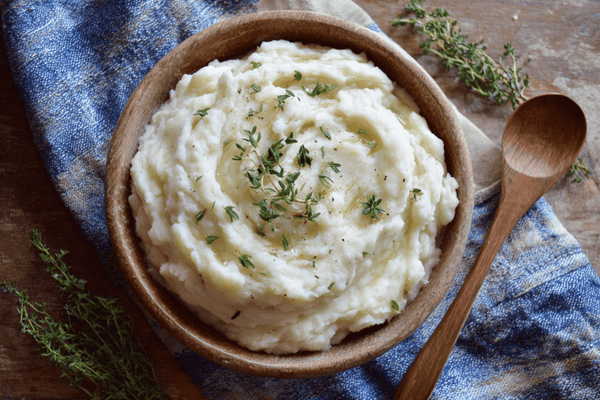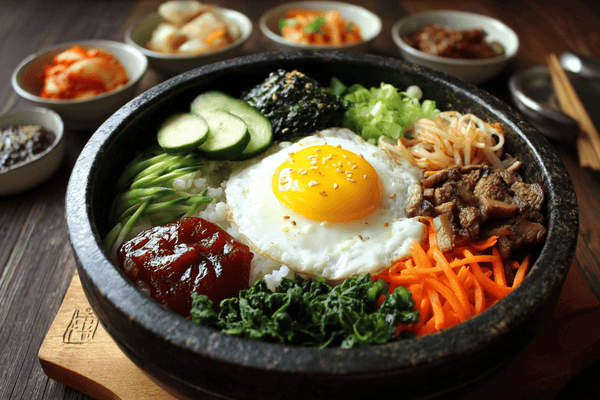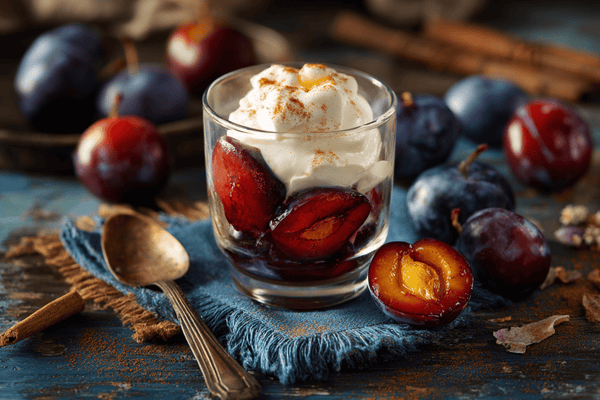
Whether you are a budding Jamie Oliver or a total novice in the kitchen, one thing that almost everyone owns is a bread knife. These knives are slightly different in design to other knives since they feature a serrated edge, where a lot of other types of knife have a much sleeker blade.
But what a lot of people don’t know is that the humble bread knife is a lot more versatile than it would first have you believe. So, in order to bring this versatility to the forefront, we have created this handy guide on the breadknife; let’s get better acquainted with this essential kitchen item!
Table of contents
What Is a Bread Knife?
A bread knife is a cutting implement that is designed to cut through bread, including its hard crust without then squashing the softer middle part. These are usually single bevel blades although the serrations may come in a variety of widths and some even feature a straight part somewhere along the blade.
Your bread knife is considered to be a kitchen staple and while its name suggests it is good for only one purpose, these are very versatile utensils. But we will look at the uses of a bread knife in more detail later.
Rather than using a slicing motion, like a chef’s knife, the bread knife uses a sawing action which eliminates any downward pressure that could compress the bread’s interior.
While many similar serrated implements have been used over the years, the invention of the bread knife can be credited to Mr Joseph E Burns who created the tool in 1893 and patented his design after a World Expo in Columbia.
Since this time, there have been various upgrades to the bread knife and today, it is even possible to get an electric or battery-powered version for added convenience.
What Can You Use a Bread Knife For?
Despite its name, the bread knife can be used for a variety of tasks. Since the serrated edge is designed to saw through the thick crust of the bread without putting unnecessary pressure on the internal part, it stands to reason that it can cut other, similar food items.For example, the bread knife is just as adept at cutting cakes. While this does include any type of cake, it is particularly good at cutting more dense cakes such as the poundcake.
Your bread knife will also come in very handy when cutting fruits and vegetables that have a harder skin. Things like pineapple, melon and squash are all notoriously difficult to chop and peel with a regular knife but a bread knife makes the process much easier. However, you must be careful not to over-flex the blade when using your knife this way, for safety reasons.

Now, your bread knife will work very well with hard foods that are difficult to cut but it will work just as well with super squishy food items. This is again owing to the fact that the bread knife will not put any undue pressure on the food providing you with a cleaner and more perfect cut.
Why Every Kitchen Needs a Bread Knife
It goes without saying that the bread knife is a wonderfully versatile tool that can be used for much more than just cutting bread. This is one of the main reasons that these knives are an essential item in every kitchen.But moreover, this versatility extends to the size of the bread knife. Generally speaking, these knives come in anything from a six-inch to a fourteen-inch blade, making them suitable for a huge number of different-sized foods.
Tips For Using a Bread Knife
If you’re new to working in the kitchen, you could be forgiven for thinking that using a knife required nothing more than picking it up and slicing through your chosen food but this is not the case. Different knives should be used in different ways and if you want to get the most out of your bread knife, you’ll need to make sure you are handling it correctly.One of the most important tips for using a bread knife is to always make sure that the blade is sharp. Typically speaking, a bread knife won’t need sharpening but when you do, you’ll need to sharpen each serration separately for the best results. But the knife will generally stay sharper for longer when compared to a straight-edged blade.
When it comes to cutting bread with a bread knife, you will need to make sure that you hold the knife vertically to ensure that every slice is consistent. To begin with, this can take a bit of practice but you’ll soon get used to working this way.

It is also worth considering the type of handle your bread knife has since different ones are better for different applications. For example, if you will mostly be cutting cakes and sweet treats, a rounded handle will offer greater comfort, especially if you are levelling cakes.
When you have finished using your knife, it is important to clean it using gentle soap and a non-abrasive sponge as this will prevent damage to the blade. You must always ensure that the blade is completely dry before putting the knife into storage.
Final Thoughts
The bread knife has been around since the late 1800s, well the most modern and patented version of the tool, at least. But a serrated cutting edge is nothing new and this saw-like action has long been used to create a clean cut.Perfect for bread as well as things like hard-skinned fruits and veggies and various types of cake, the bread knife is one of the most versatile implements in your kitchen.



